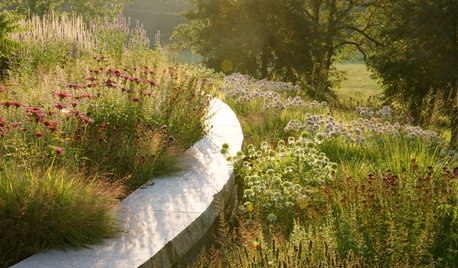I hope most of you know Doug Tallamy, author of "Bringing Nature Home." (If not, you should get the book--it's a real eye-opener.) He's a professor at U. Delaware, and an expert on leps. I emailled him a question on our native black cherry vs. ornamental/nonnative species, in terms of the number and variety of lep species supported. I thought his answer was terrific and worth sharing.
I also asked him specifically about RSP. I later read elsewhere that their favorite cherry is chokecherry, Prunus virginiana.
Doug's reply:
Hi Liz,
You are not upsetting the balance of nature. You are taking care of the life in your yard, something we all have to do if we want to have it in our yards. Ornamental and fruit cherries support about half of the caterpillar species that are supported by black cherry. I don't know if red spotted purples will use them or not. But I can tell you that we have dozens of red spotted purples flying around our house as I write. We have lots of black cherries, including two small weedy ones that sprouted in our flowerbed near the front door. I didn't get around to pulling them when they were tiny and right now those two trees (each about 4 ft high) have 5 tiger swallowtail larvae, 7 red spotted purple larvae, 2 geometrid larvae, a long wing dagger moth larva, a white furcula, a cherry dagger moth, and a skiff moth caterpillar on them. All of those beautiful creatures would not be in my yard if I had pulled those two cherries. I'll bet you could add some black cherries without getting rid of your ornamental cherries.
Good luck
Doug










MissSherry
butterflymomok
Related Professionals
Danbury Landscape Architects & Landscape Designers · Parole Landscape Architects & Landscape Designers · Elgin Landscape Contractors · Salem Landscape Contractors · Ashburn Landscape Contractors · East Chicago Landscape Contractors · Fort Mill Landscape Contractors · New Cassel Landscape Contractors · Saint George Landscape Contractors · Spring Landscape Contractors · University City Landscape Contractors · Westchester Landscape Contractors · Surfside Fence Contractors · Boise Window Contractors · Madison Window Contractorswifey2mikey
butterflymomok
MissSherry
LizOriginal Author
terrene